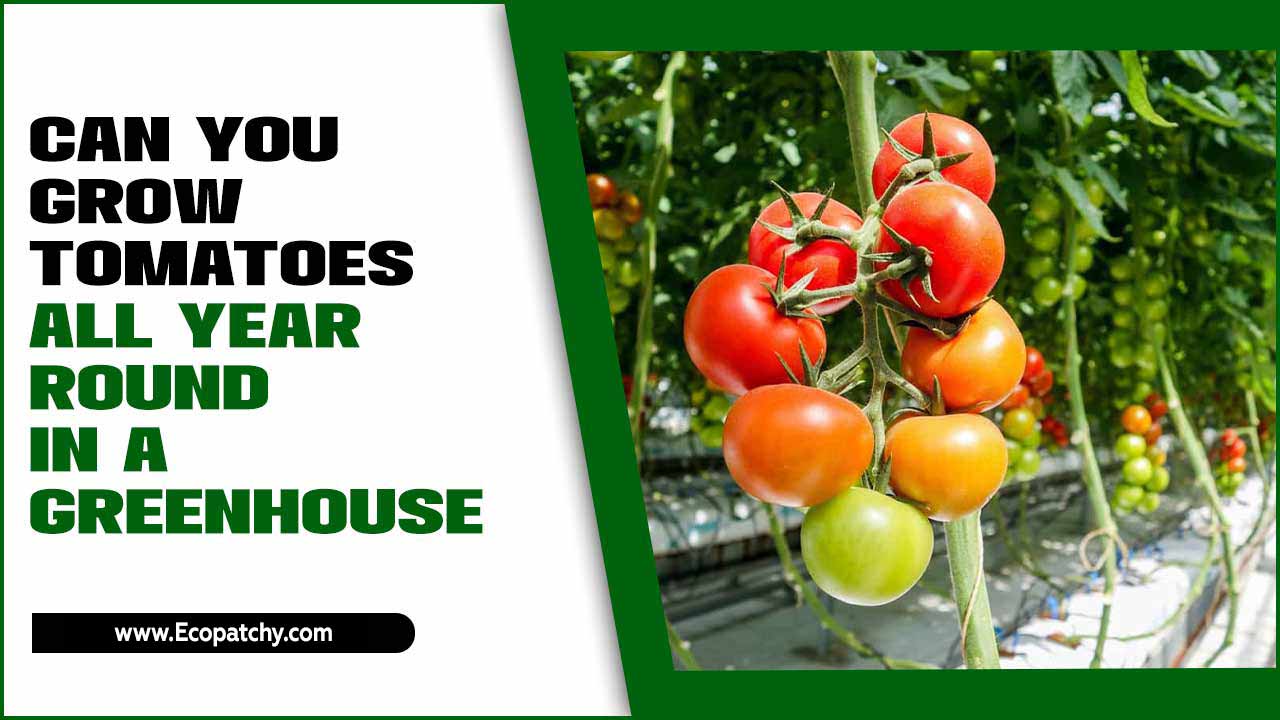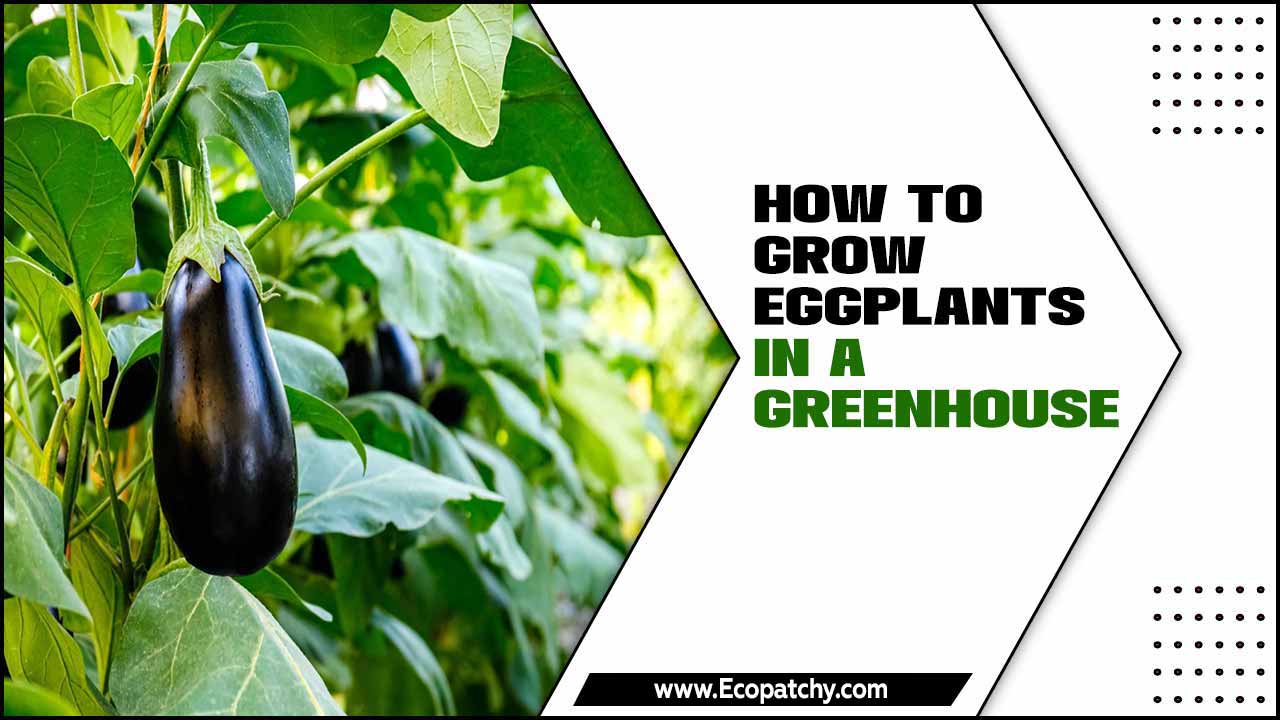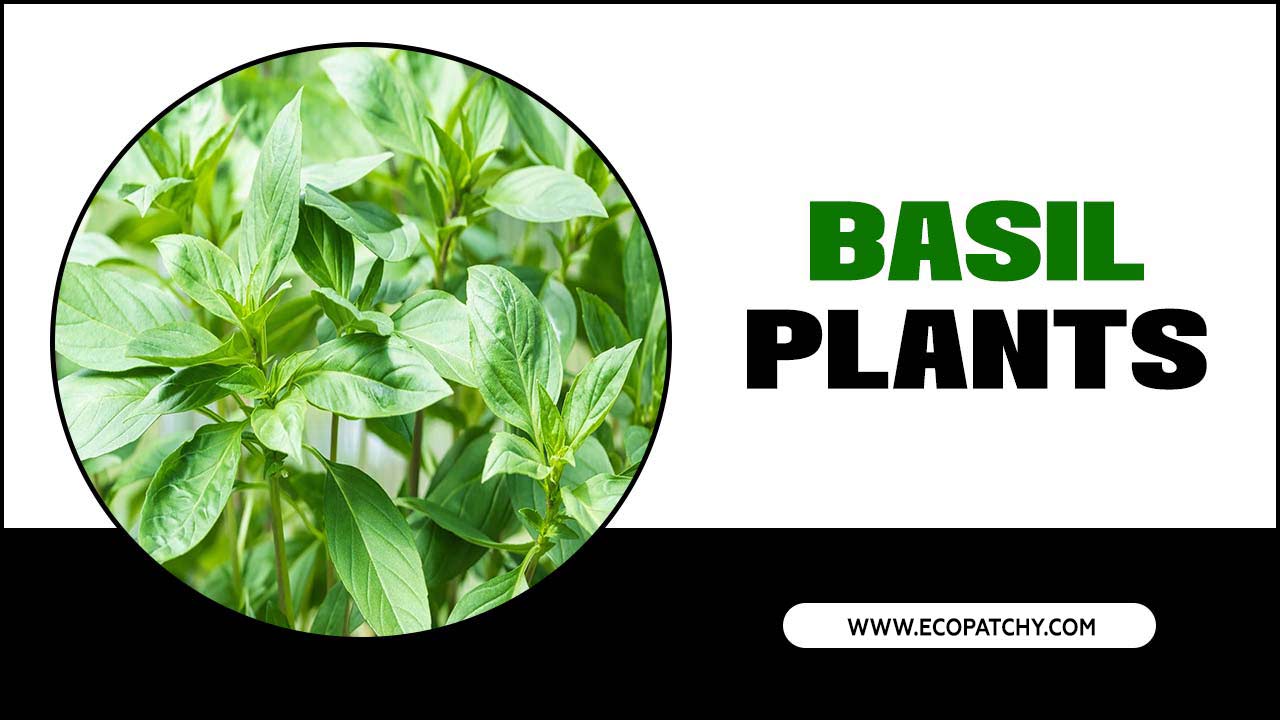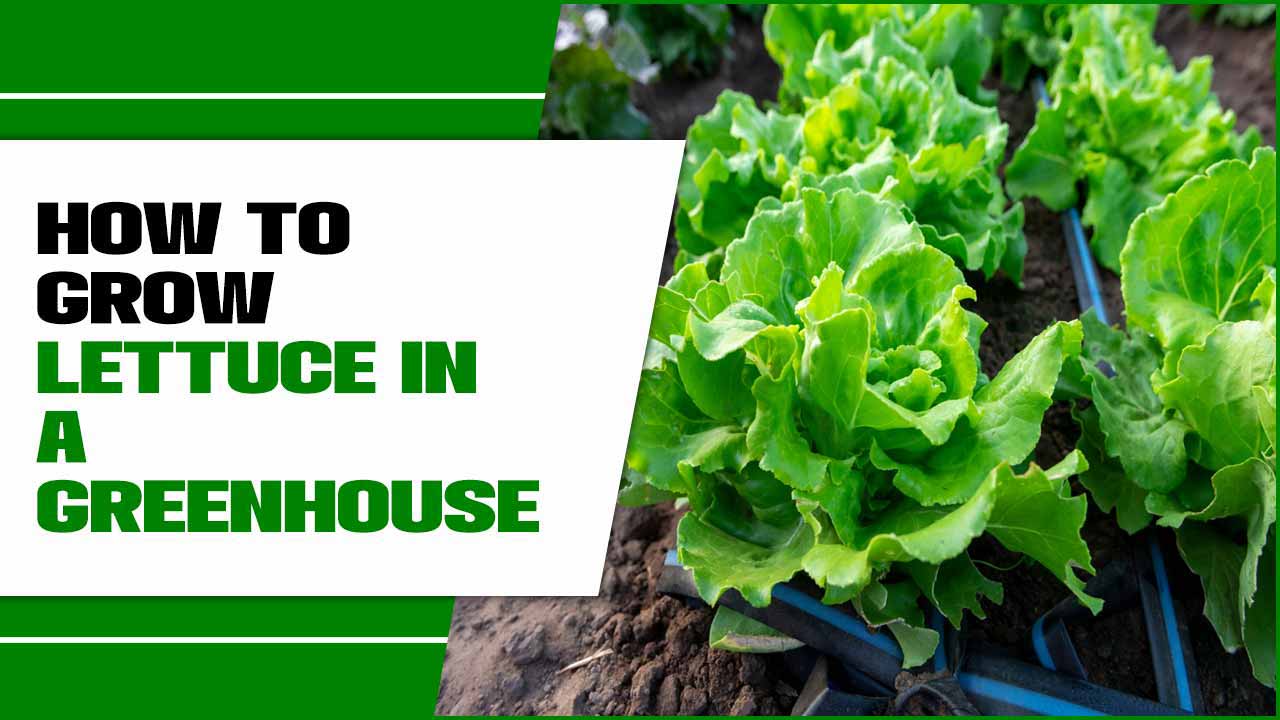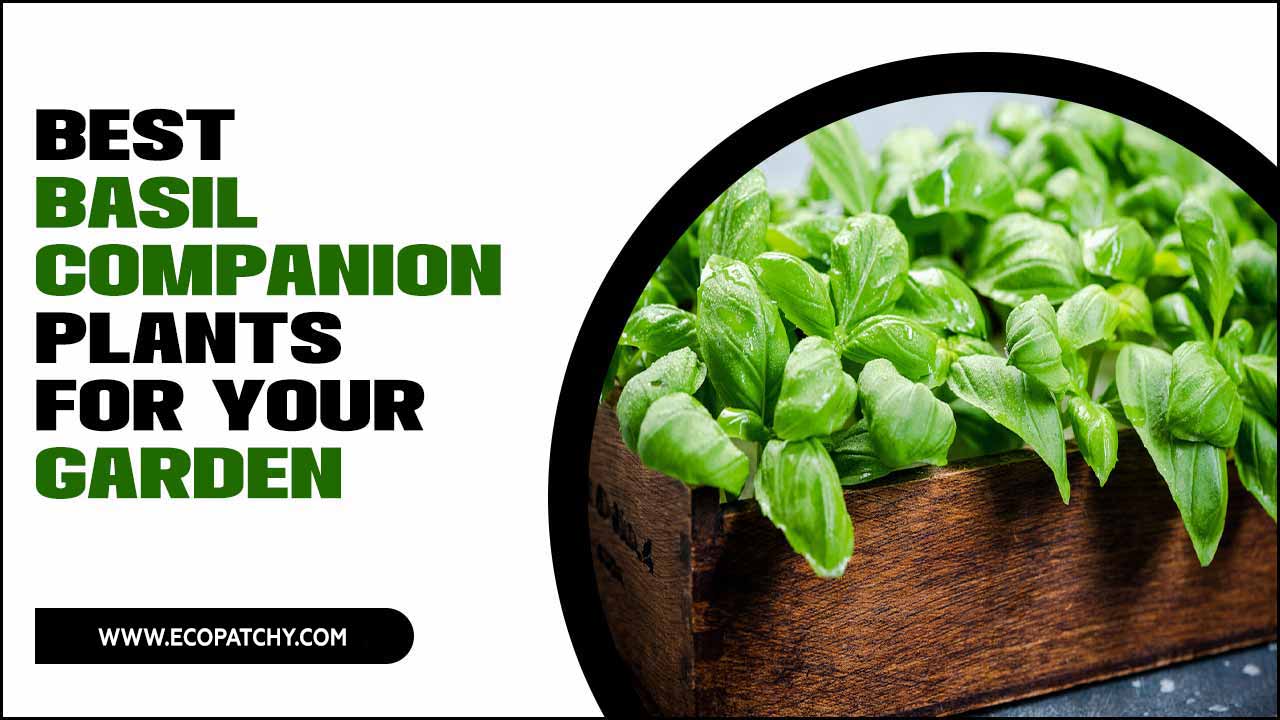Basil is a versatile and highly prized herb used in cooking, medicine, and cultural practices for centuries. Its distinct aroma and flavour make it a popular ingredient in various cuisines worldwide.
However, growing basil can be a challenge, especially for those living in areas with colder climates or limited outdoor space. This is where a greenhouse can come in handy. Greenhouses provide a controlled environment for plants to thrive, allowing gardeners to grow their favorite herbs and vegetables year-round.
Here, we will focus on how to grow basil in a greenhouse. From choosing the right variety to proper care and maintenance, we will cover all the essential steps to help you achieve a bountiful and healthy basil harvest. With a little bit of knowledge and some tender loving care, you can enjoy fresh and fragrant basil from your very own greenhouse.
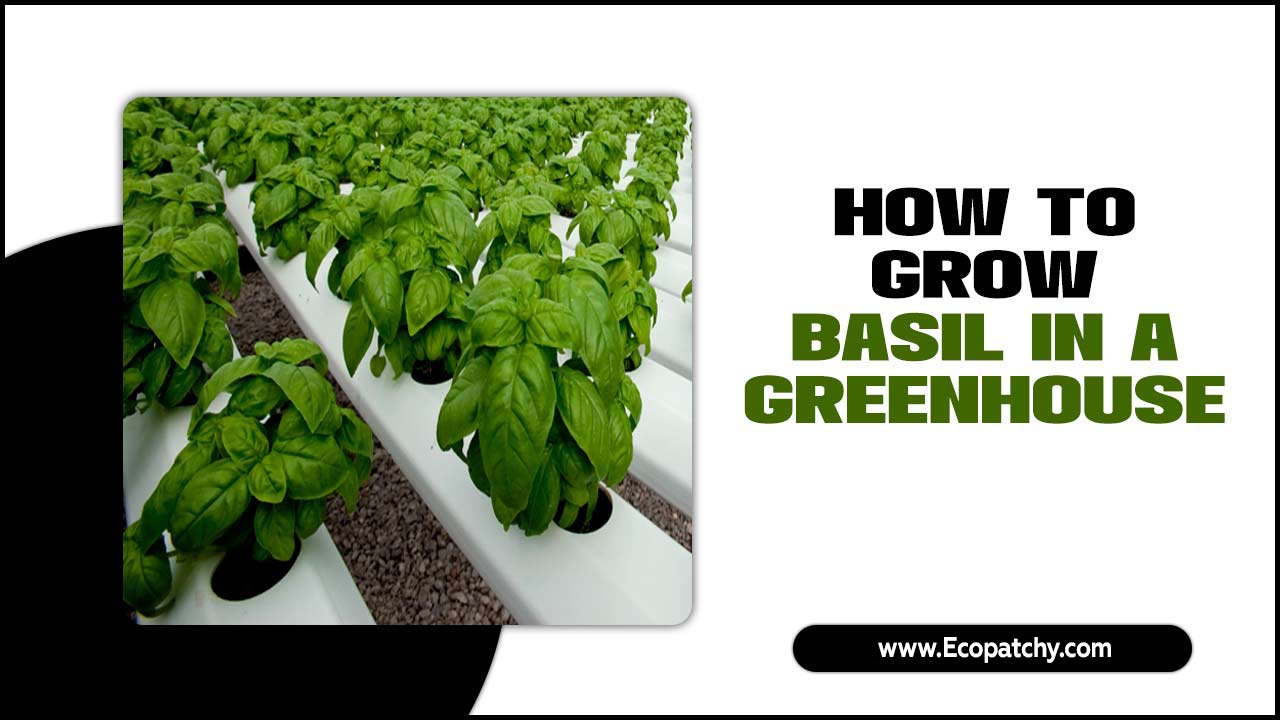
How To Grow Basil In A Greenhouse – 6 Easy Steps
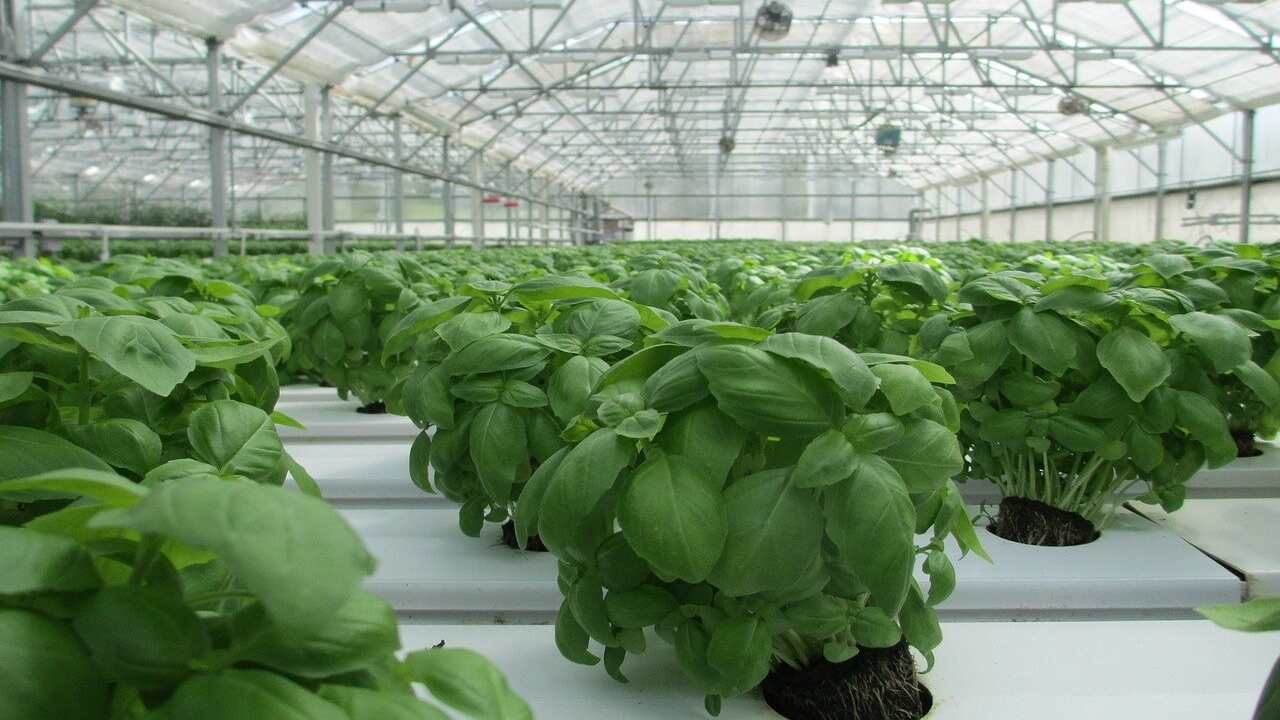
Culturing basil (Ocimum basilicum) in a greenhouse environment has gained significant attention due to its numerous advantages and the increasing demand for this aromatic herb.
Greenhouses provide an optimal environment for basil growth, allowing for extended growing seasons, enhanced control over environmental factors, and protection against adverse weather conditions. To successfully grow basil in a greenhouse, several key aspects must be considered. Here are six easy steps on how to grow basil in a greenhouse:
1.Choose A Suitable Greenhouse
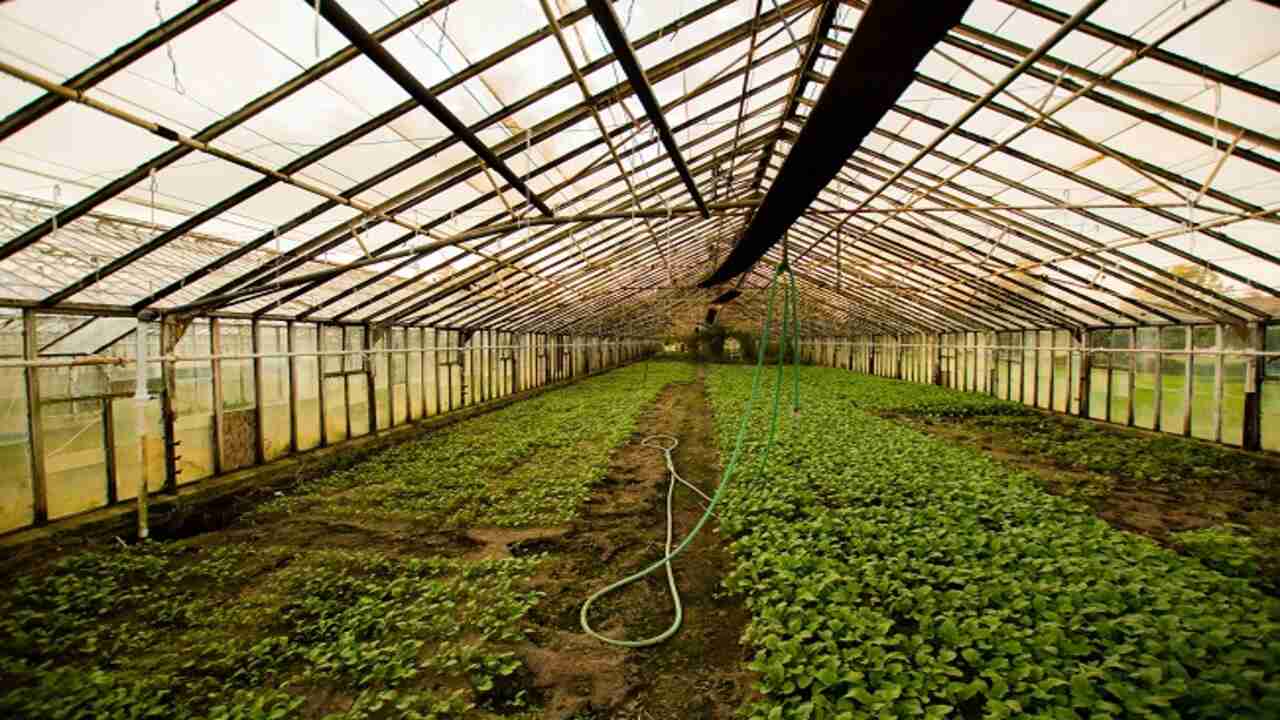
In selecting a suitable greenhouse for optimal basil growth, several factors should be taken into consideration. First and foremost, the greenhouse should provide an ample amount of sunlight. Basil plants thrive in direct sunlight, requiring at least six to eight hours of exposure daily.
Therefore, it is essential to choose a greenhouse positioned in an area that receives sufficient sunlight throughout the day. This can be achieved by selecting a greenhouse with a transparent roof or walls that allow sunlight to penetrate easily.
In addition to sunlight, proper ventilation is crucial for the healthy growth of basil plants. A well-ventilated greenhouse helps regulate the temperature and humidity levels, preventing the plants from becoming too hot or damp.
2.Prepare The Soil
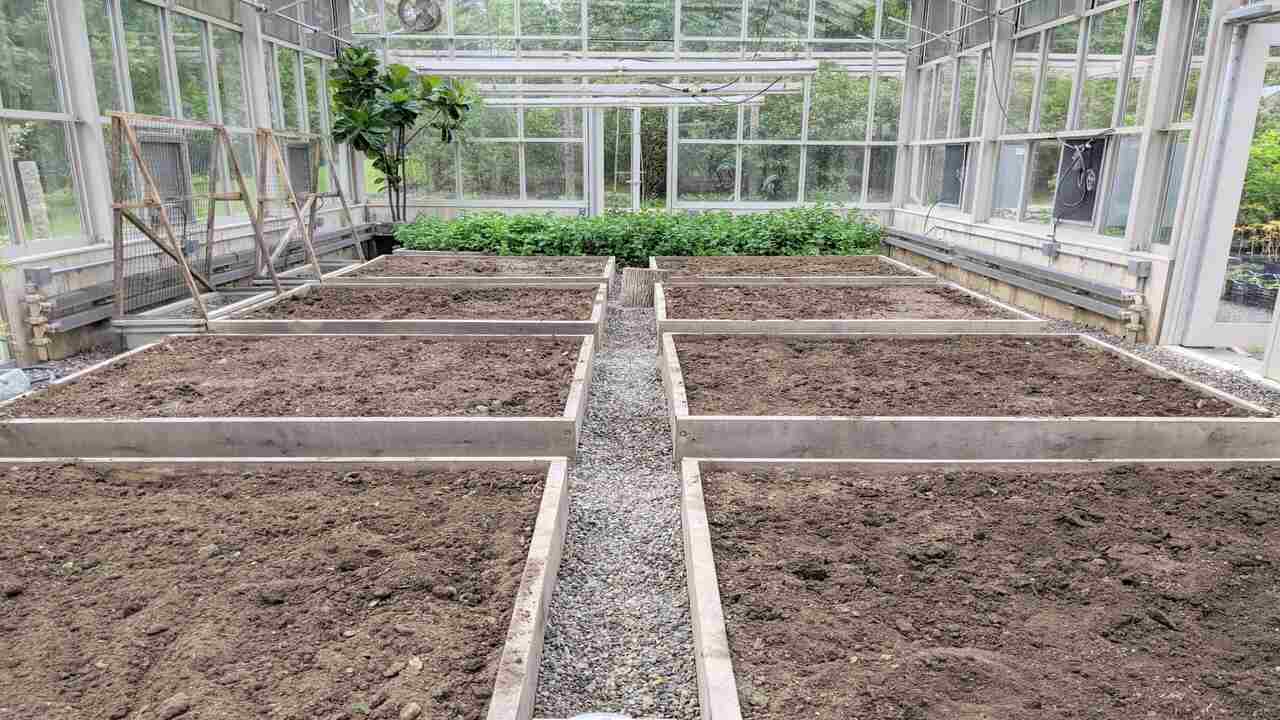
To prepare the soil for optimal basil growth, it is crucial to use a well-draining soil mix that is rich in organic matter. The proper soil composition provides the necessary nutrients and moisture retention capabilities for the basil plants to thrive. When choosing a soil mix, it is important to consider the specific preferences of basil.
This herb tends to prefer slightly acidic soil conditions, with a pH level ranging between 6 and 7. Therefore, it is advisable to test the pH level of the soil and adjust it if necessary by adding organic amendments such as compost or peat moss.
Ensuring proper soil drainage is imperative for the healthy development of basil plants. By using a well-draining soil mix, excess water can flow freely through the soil, preventing the roots from being waterlogged.
3.Start With Quality Seeds Or Seedlings
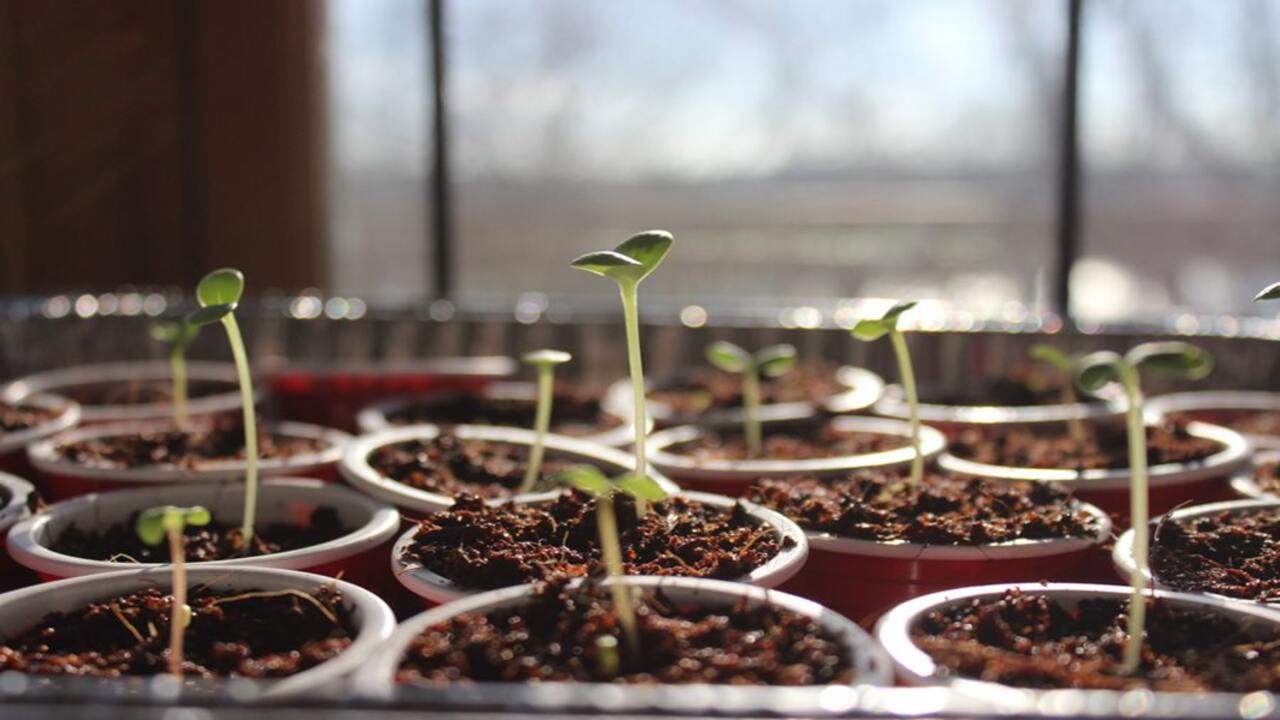
To ensure a successful basil harvest, it is imperative to start with the highest quality seeds or seedlings. Investing in reputable sources that specialize in quality basil seeds or healthy seedlings can greatly impact the overall growth and productivity of your basil plants.
High-quality seeds have a greater chance of germination and producing strong, vigorous plants. Similarly, healthy seedlings are likelier to thrive and adapt well to different growing conditions.
When purchasing basil seeds, it is essential to select seeds that are fresh and viable. Look for seeds that are plump, well-formed, and have a uniform colour. Avoid seeds that appear shriveled, discolored, or damaged, as they may have a lower germination rate. Additionally, consider choosing organic or heirloom basil seeds, as they tend to have a higher genetic diversity and may offer unique flavour profiles.
4.Planting
Planting is a crucial step in the growth and development of plants. Whether you are using seeds or seedlings, proper planting techniques are essential to ensure successful establishment and healthy growth. When using seeds, it is important to sow them directly into pots or trays filled with the prepared soil.
This allows the seeds to contact the soil, promoting germination and root development directly. It is recommended to follow the instructions on the seed packet regarding planting depth and spacing between seeds. This will ensure that each seed has enough space to grow without competition for nutrients and sunlight. Additionally, it is important to water the seeds regularly to keep the soil moist and provide optimal conditions for germination.
5.Watering

Basil, a popular culinary herb known for its fragrant leaves and versatile uses in the kitchen, thrives under consistent moisture conditions. Adequate watering is crucial for the optimal growth and development of basil plants. To ensure the plants receive the necessary hydration, it is recommended to water them regularly.
This can be achieved by providing a sufficient amount of water to the soil, taking care not to drench the plant. Overwatering, in particular, must be avoided as it can have detrimental effects on the basil’s root system, leading to the development of root rot.
It is important to balance watering the basil plants adequately and avoiding excessive moisture. To prevent overwatering, it is advisable to allow the soil to dry out slightly between waterings. This practice enables the roots to access oxygen and promotes healthy growth.
6.Provide Adequate Light And Temperature
To successfully cultivate basil in a greenhouse, it is crucial to provide adequate light and maintain optimal temperature conditions. Basil plants are known for their preference for full sunlight. This means that the greenhouse should be positioned in an area that receives maximum exposure to sunlight throughout the day.
A south-facing location is often ideal, allowing the plants to receive the most direct sunlight. It is also important to regularly monitor the sun’s movement and adjust the position of the greenhouse accordingly to ensure the plants receive consistent and uniform light throughout the growing season.
In addition to light, maintaining the right temperature is essential for the healthy growth of basil plants. Basil thrives in warm conditions, with an optimal temperature range of 70-85 degrees Fahrenheit (21-29 degrees Celsius).
Harvesting And Post-Harvest Handling Of Basil
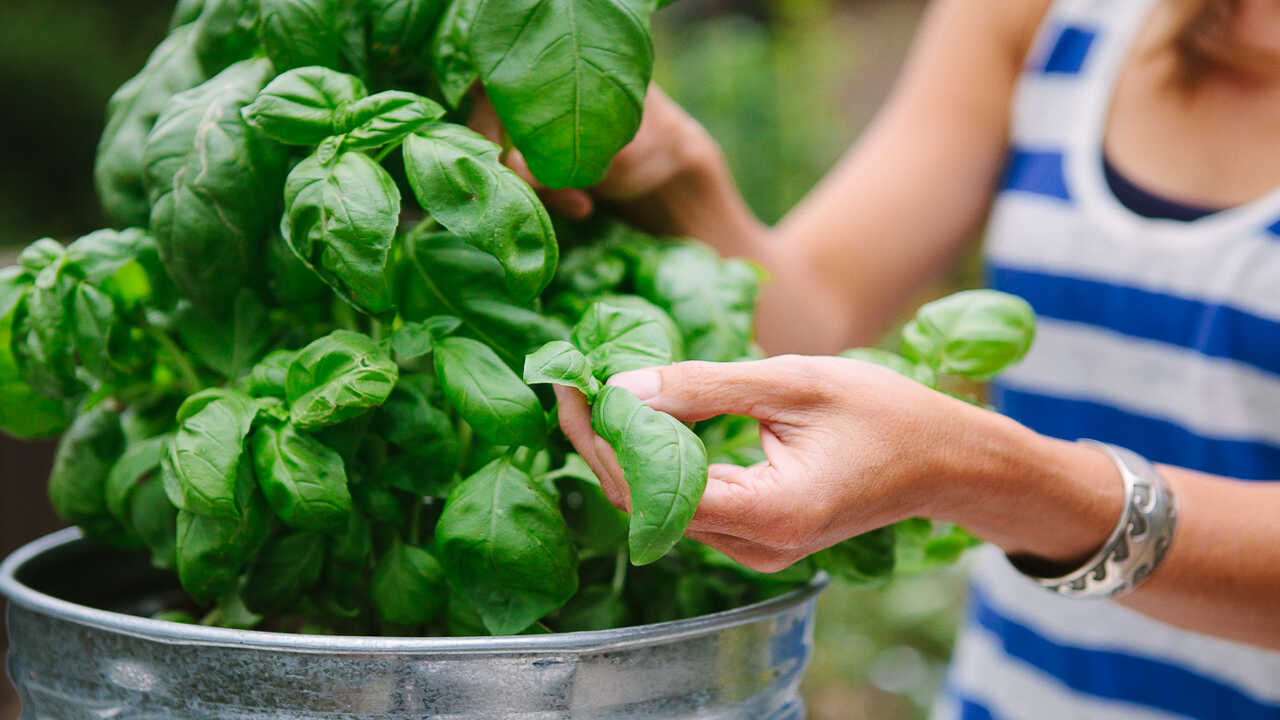
The harvesting and post-harvest handling of basil is a crucial process that significantly impacts the quality and shelf life of this aromatic herb. Basil, scientifically known as Ocimum basilicum, is commonly cultivated for culinary and medicinal uses. The success of the harvesting process depends on several factors, including the stage of growth, time of day, and weather conditions.
Harvesting Basil:
- Select mature basil plants with healthy leaves.
- Use clean and sharp pruning shears or scissors to cut the basil stems just above a pair of leaves.
- Avoid damaging neighboring leaves or stems during the harvesting process.
- Harvest in the morning when the essential oil content is the highest.
- Regularly harvest the basil to promote new growth and prevent flowering.
Post-Harvest Handling Of Basil:
- Remove any damaged or discolored leaves and discard them.
- Rinse the basil leaves gently with cold water to remove dirt or debris.
- Pat the leaves dry with a clean towel or use a salad spinner to remove excess water.
- Bundle the basil stems and secure them with a rubber band or twine.
- Place the basil bundles in a jar or glass filled with water, ensuring the stems are hollow.
Marketing And Selling Your Basil Crop
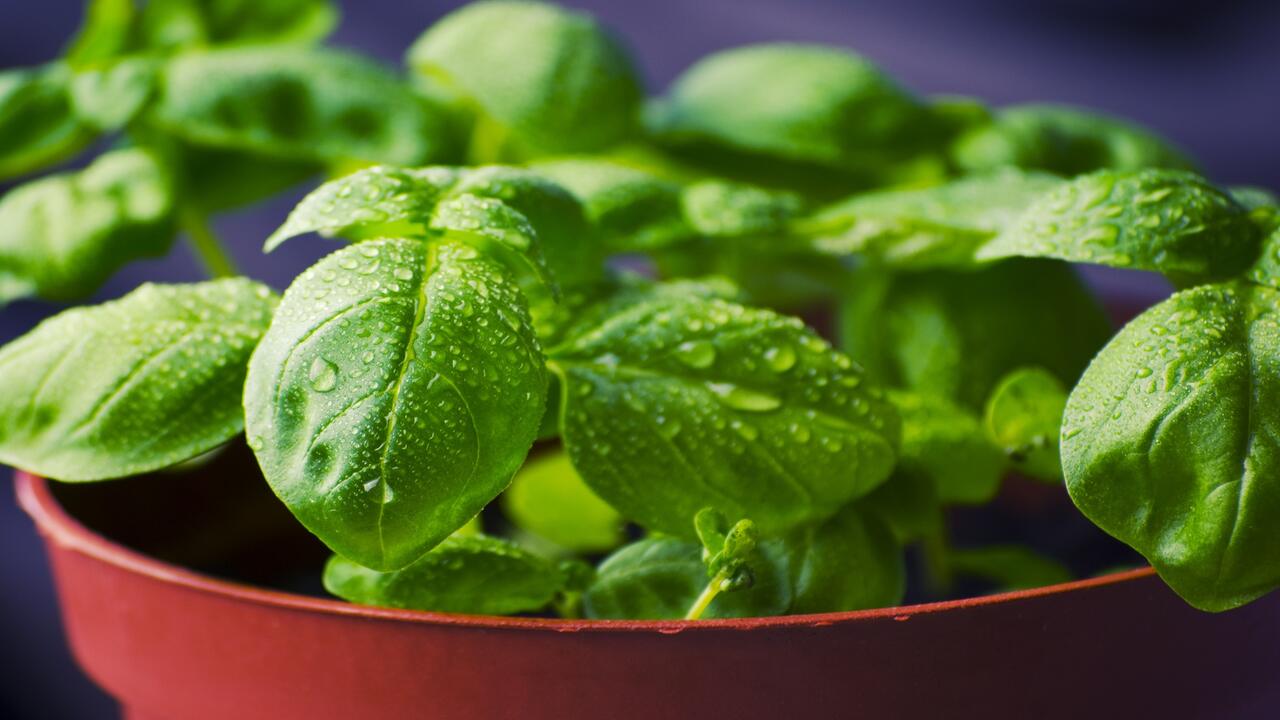
Marketing and selling agricultural products are crucial aspects of the farming industry. In this regard, the marketing and selling of basil crops hold significant importance. Basil, a highly aromatic and versatile herb, is widely used in culinary applications and has gained popularity recently. Effectively marketing and selling basil crops requires a comprehensive understanding of consumer preferences, market trends, and effective promotional strategies.
- Identify Your Target Market: Research and understand the potential customers for your basil crop. This can include local restaurants, farmers’ markets, grocery stores, or individuals interested in homegrown herbs.
- Develop A Marketing Plan: Outline your marketing strategies, such as social media promotion, creating a website or online store, attending local events or farmers markets, and networking with potential buyers.
- Highlight The Benefits Of Your Basil Crop: Emphasize the freshness, quality, and flavour of your greenhouse-grown basil. Educate potential customers about the advantages of locally sourced and sustainably grown herbs.
- Branding And Packaging: Create an attractive and professional brand for your basil crop. Design eye-catching labels or packaging that showcase the product and its unique selling points.
- Pricing Strategy: Determine competitive and profitable pricing for your basil crop. Consider factors such as production costs, market demand, and the value you provide with your high-quality greenhouse-grown basil.
Troubleshooting Common Issues In Basil Greenhouse Cultivation
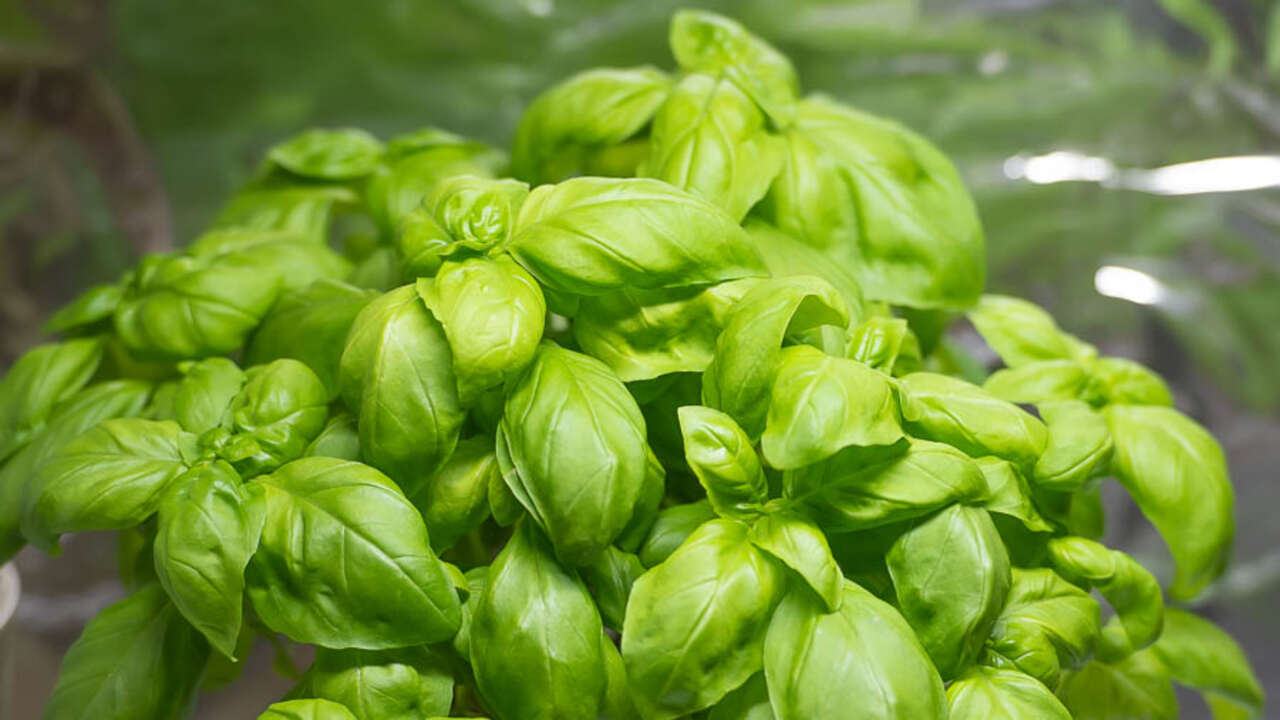
Basil, a popular culinary herb known for its aromatic leaves and versatile uses, is often cultivated in greenhouses to ensure optimal growth and yield. However, like any agricultural endeavor, basil greenhouse cultivation has challenges. Troubleshooting common issues in this cultivation method is imperative to maintain a healthy and productive basil crop.
- Yellowing Of Leaves: Check for overwatering or nutrient deficiencies. Ensure proper drainage and consider adjusting fertilizer application.
- Pests Infestation: Look for common pests like aphids, whiteflies, or spider mites. Use organic pest control methods or introduce beneficial insects.
- Poor Growth Or Stunted Plants: Check for temperature fluctuations, inadequate lighting, or insufficient air circulation. Make necessary adjustments to create optimal growing conditions.
- Wilting Or Drooping Leaves: Evaluate watering practices, as overwatering and underwatering can cause these symptoms. Maintain a consistent watering schedule and avoid waterlogged soil.
- Fungal Diseases: Basil is susceptible to powdery mildew or downy mildew. Ensure proper spacing between plants, good air circulation, and avoid overhead watering.
- Nutrient Deficiencies: Monitor leaves for signs of nutrient deficiencies such as yellowing, stunted growth, or curling. Adjust fertilizer application or consider supplementing with organic amendments.
Tips And Tricks For Maximizing Basil Yield In A Greenhouse
Maximizing basil yield in a greenhouse is a crucial aspect of sustainable agriculture and food production. People highly seek basil, a popular culinary herb, for its distinct flavor and aromatic properties. Therefore, enhancing the productivity of basil cultivation in a controlled environment like a greenhouse can have significant implications for meeting the growing demands of the global market.
- Provide Ample Sunlight: Ensure you position your greenhouse in a spot with maximum sunlight exposure, as basil requires at least 6-8 hours of direct sunlight daily.
- Optimize Temperature And Humidity: Basil thrives between 70-85°F (21-29°C) and requires a humidity level of around 50-70%. Use a thermometer and a humidifier or misting system to maintain these ideal conditions.
- Choose The Right Basil Variety: Select varieties well-suited for greenhouse cultivation, such as Genovese, Sweet Basil, or Thai Basil. These varieties tend to perform better in controlled environments.
- Use Quality Soil And Fertilizer: Use a well-draining soil mix enriched with organic matter. Incorporate slow-release fertilizer or compost to provide essential nutrients for healthy basil growth.
- Implement Proper Watering Practices: Basil prefers consistently moist but not waterlogged soil. Water the plants regularly, allowing the top inch of soil to dry out between waterings.
Conclusion
Growing basil in a greenhouse offers numerous benefits and can be relatively simple with the right techniques. By controlling the environment, pests and diseases can be minimized, leading to healthier and more abundant basil plants.
Additionally, the extended growing season provided by a greenhouse allows for a continuous supply of fresh basil, making it a valuable addition to any garden. By following the steps outlined how to grow basil in a greenhouse, gardeners can successfully cultivate basil in a greenhouse and enjoy its flavorful and aromatic properties all year round. So, don’t hesitate to try it and enjoy the benefits of growing basil in a greenhouse.
FAQs
1.What Type Of Soil Is Best For Growing Basil In A Greenhouse?
Ans: The best type of soil for growing basil in a greenhouse is a well-draining soil that is rich in organic matter. Basil prefers a slightly acidic to neutral pH level (around 6.0-7.0) and thrives in soil that is fertile and moisture-retentive, but not overly waterlogged. A good mix of compost, peat moss, and perlite or vermiculite can provide the ideal conditions for basil growth in a greenhouse.
2.How Often Should You Water Basil Plants In A Greenhouse?
Ans: You should water basil plants in a greenhouse thoroughly and consistently, aiming to keep the soil moist but not soggy. This typically means watering them about 2-3 times per week, but the frequency may vary depending on factors such as temperature, humidity, and the specific needs of the plants.
3.What Temperature Range Is Ideal For Growing Basil In A Greenhouse?
Ans: The ideal temperature range for growing basil in a greenhouse is between 70 to 85 degrees Fahrenheit.
4.What Type Of Fertilizer Should Be Used For Basil Plants In A Greenhouse?
Ans: A balanced, water-soluble fertilizer with equal amounts of nitrogen, phosphorus, and potassium should be handy for basil plants in a greenhouse. It is important to choose a fertilizer specifically formulated for greenhouse plants to ensure optimal growth and health.
5.What Are Some Common Pests That Can Affect Basil Plants In A Greenhouse?
Ans: Some common pests that can affect basil plants in a greenhouse include aphids, spider mites, whiteflies, and trips. These pests can cause damage to the leaves of the plant, stunt growth, and reduce the overall health of the basil plant. Regular monitoring and early detection of these pests is important, as it allows for prompt treatment with organic pest control methods such as neem oil or insecticidal soaps.


